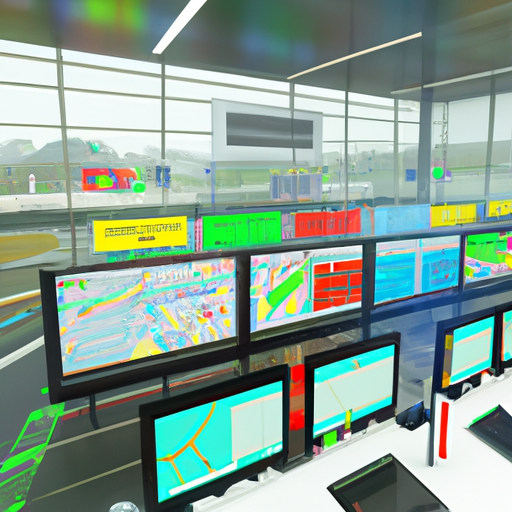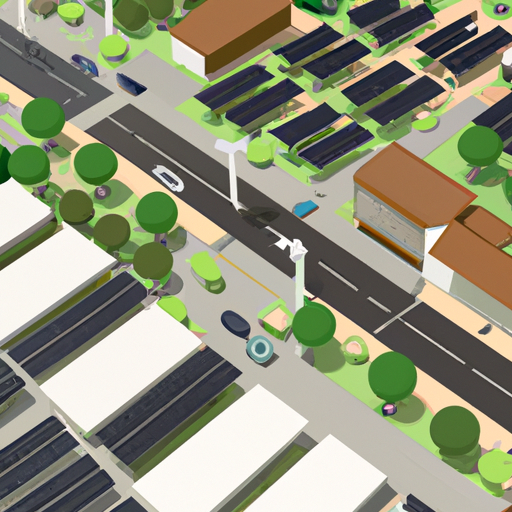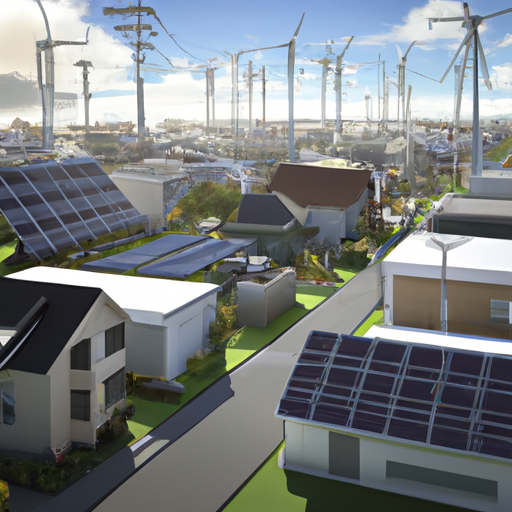Smart cities are revolutionizing urban sustainability through advanced technology and data-driven solutions. These innovative urban centers are integrating renewable energy, efficient transportation, and waste management systems in unprecedented ways. The transformation is creating more livable, environmentally conscious communities while reducing resource consumption.

The concept of smart cities represents a revolutionary approach to urban development, where technology and sustainability converge to create more efficient, livable, and environmentally conscious communities. As urban populations continue to grow, cities worldwide are embracing smart technologies to address environmental challenges while improving quality of life for their residents. This transformation is reshaping our understanding of sustainable urban living.
At the heart of smart cities is the integration of Internet of Things (IoT) technology and data analytics. Networks of sensors and connected devices collect real-time information about everything from energy usage to traffic patterns, air quality, and waste management. This data enables cities to optimize resource allocation and respond quickly to environmental challenges.
Energy management is a crucial component of smart city initiatives. Advanced smart grids allow for better integration of renewable energy sources and more efficient distribution of power. Smart buildings automatically adjust their energy consumption based on occupancy and weather conditions, while smart street lighting systems dim or brighten based on natural light levels and pedestrian activity.
Transportation infrastructure in smart cities is designed to reduce emissions and improve efficiency. Intelligent traffic management systems reduce congestion and vehicle emissions by optimizing traffic flow in real-time. Electric vehicle charging networks are strategically placed throughout the city, while smart parking solutions help drivers quickly find available spaces, reducing the time spent circling for parking.
Waste management in smart cities leverages technology to improve collection efficiency and promote recycling. Smart bins equipped with sensors notify collection services when they're full, optimizing collection routes and reducing fuel consumption. Some cities have implemented underground waste collection systems that use vacuum technology to transport waste, reducing truck traffic and associated emissions.
Water management systems in smart cities use sensors to detect leaks, monitor water quality, and optimize distribution. Smart irrigation systems in parks and public spaces adjust watering schedules based on weather conditions and soil moisture levels, preventing waste. Some cities are implementing water recycling systems that treat and reuse greywater for non-potable purposes.
Building design in smart cities incorporates both technological and passive sustainability features. Green roofs and walls help regulate building temperatures and manage stormwater runoff, while smart windows automatically adjust their tint to optimize natural lighting and reduce heating and cooling needs. Building management systems integrate these features with occupancy sensors and smart HVAC systems to maximize efficiency.
Public spaces in smart cities are designed to be both sustainable and engaging. Solar-powered charging stations and Wi-Fi hotspots encourage outdoor activity, while smart benches collect environmental data and provide real-time information about local services. Green corridors and urban forests help reduce the urban heat island effect while improving air quality.
Citizen engagement is a crucial aspect of smart city success. Mobile apps and digital platforms allow residents to report environmental issues, access real-time transportation information, and participate in sustainability initiatives. Some cities have implemented gamification strategies to encourage sustainable behaviors, rewarding residents for actions like using public transport or properly sorting recyclables.
Data security and privacy considerations are carefully balanced with the benefits of connected systems. Smart cities implement robust cybersecurity measures to protect sensitive information while maintaining transparency about how data is collected and used. This builds trust and encourages citizen participation in smart city initiatives.
The economic benefits of smart city initiatives are significant. While initial infrastructure investments can be substantial, the long-term savings in energy costs, reduced maintenance needs, and improved resource efficiency often justify the expense. Additionally, smart cities tend to attract innovative businesses and skilled workers, contributing to economic growth.
As climate change concerns grow, smart cities are becoming increasingly important in the fight against global warming. By reducing energy consumption, optimizing resource use, and promoting sustainable behaviors, these urban centers demonstrate how technology can be leveraged to create more sustainable communities. The lessons learned from current smart city projects will help shape the future of urban development worldwide.



